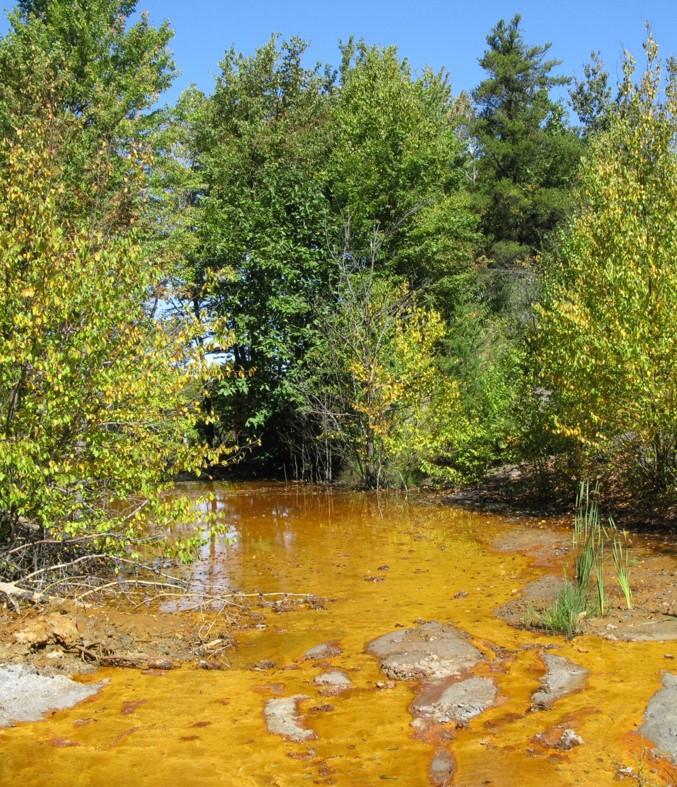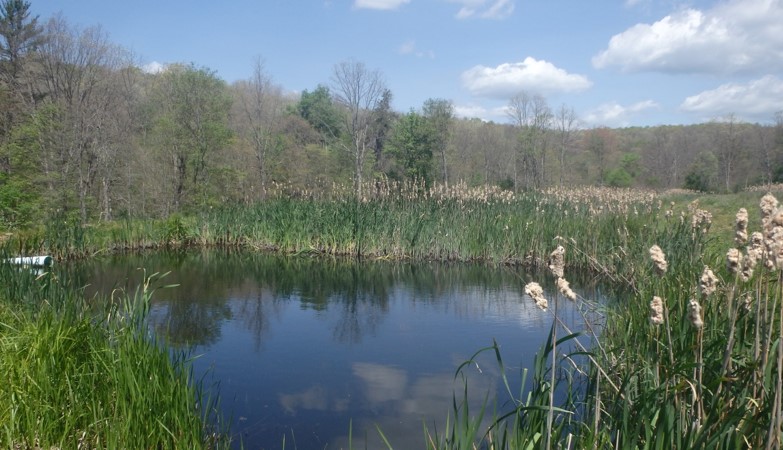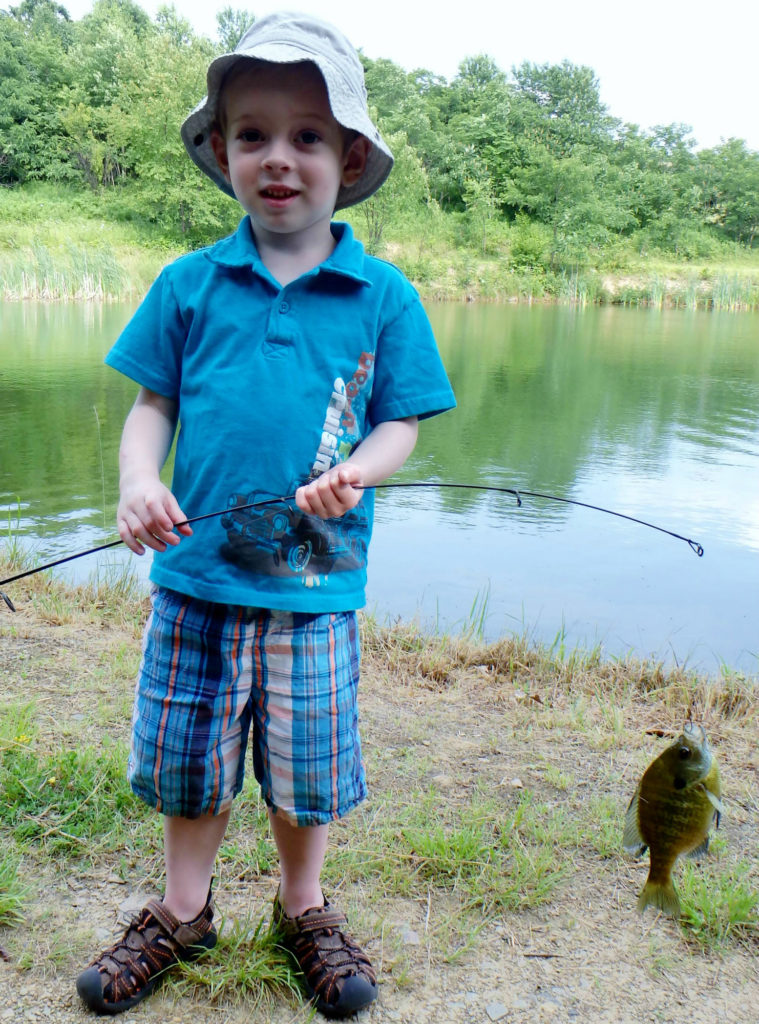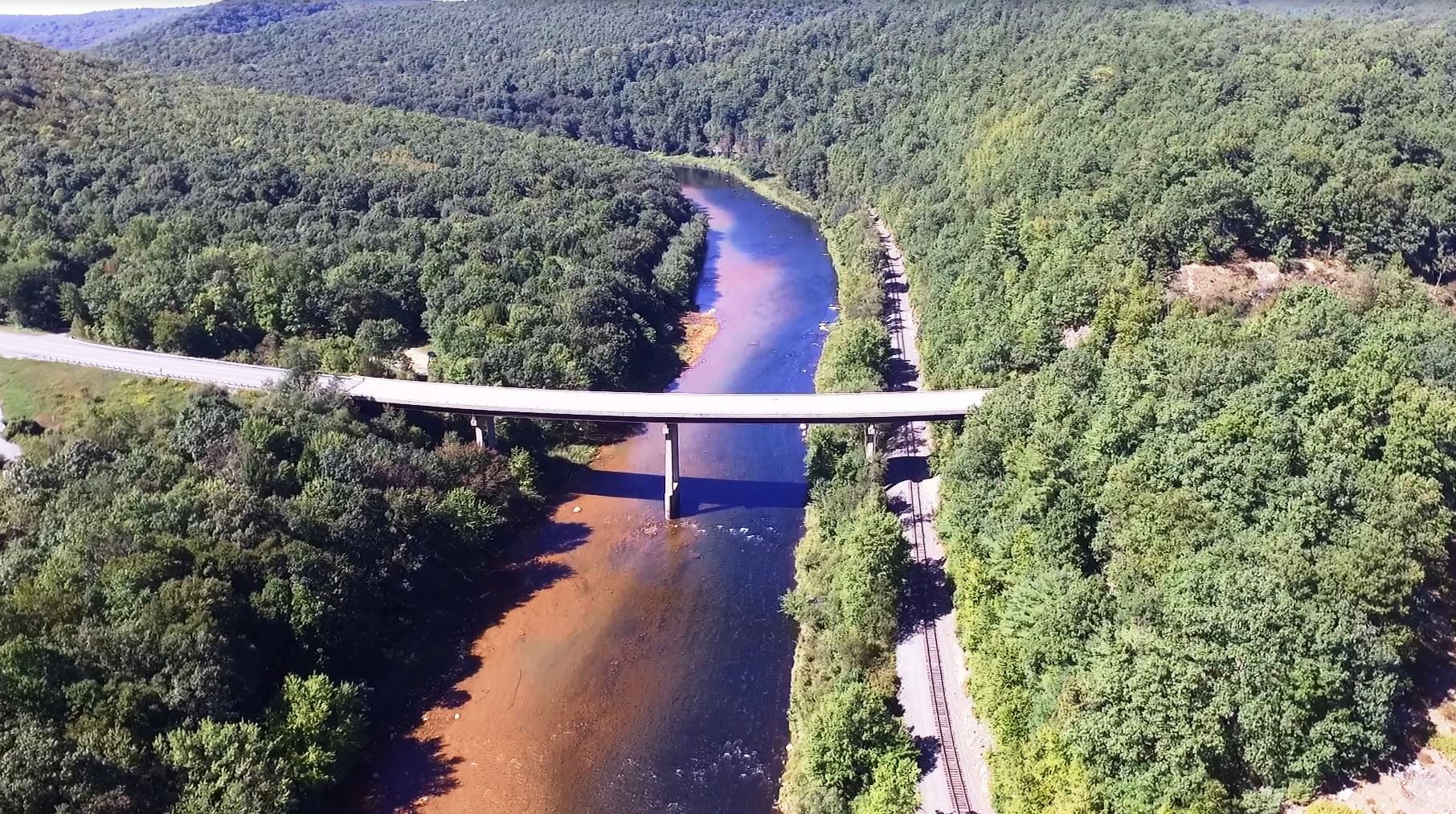Editor’s note: TU President and CEO Chris Wood was invited to testify before Congress on innovative approaches and economic development opportunities of abandoned mine land reclamation. TU hopes to work with Congress to advance legislation to support this type of restoration work, both on coal and hardrock mines across the country. To learn more, visit standup.tu.org/mining.
When Rachel Kester went off to college, her father told her, “Find something to do that you love, and you’ll never work a day in your life.” Rachel later had an internship where she helped to assess water quality of a creek in the upper West Branch of the Susquehanna watershed called Potts Run — just west of State College, Penn. Cut to a decade later, and Rachel is not only doing work she loves at Trout Unlimited, she lives near Potts Run, and is working to clean up its abandoned mine drainage problems.
Potts Run is one of the more than 5,600 miles of stream in Pennsylvania polluted by abandoned mine drainage. On Thursday, I will testify before the House of Representatives in support of the Community Reclaimers Act (HR 315)—a bill to speed up the ability of groups such as Trout Unlimited to clean up abandoned coal mines.

Abandoned coal mines dot the Appalachian landscape like ticking time bombs. Pollution from abandoned coal mines affects over 10,000 miles just within Pennsylvania and West Virginia. We have made great strides in cleaning up abandoned mines thanks to a tax on the production of coal, funds from which are placed into the federal Abandoned Mine Land (AML) Fund. The AML Fund has contributed $11 billion toward health, safety and restoration of abandoned coal mines.
Funding is one limiting factor. The other is liability. Consider: TU might spend $X to improve water quality by 80 percent and restore the fishery on a stream damaged by past mining practices. But to get the stream to meet Clean Water Act standards, we might need to spend $10X more. Existing law leaves us open to the government, or others through a citizen-lawsuit, coming after us to get to 100 percent.
Cleaning up abandoned coal mines is not always overly complicated, either. Often it involves rerouting the stream or drainage from an old mine through a series of settling ponds and wetlands that have limestone and compost, allowing toxic metals to fall out of the water. The now-clean water can re-enter the stream. Consider the case of Twomile Run in Pennsylvania’s Kettle Creek watershed. Abandoned mine drainage from coal mining a century ago rendered the stream lifeless. TU’s Amy Wolfe and her team in Pennsylvania used a similar “passive treatment” technology to help restore three miles of Twomile Run and then reconnect it to three miles of healthy upstream habitat for native brook trout.

I called Rachel to congratulate her on her 10th anniversary as a TU employee. Here is what she wrote back: “I remember swimming in the West Branch Susquehanna River with my dad when I was my son, Owen’s, age. At the time, the river was still very polluted by acid mine drainage, sewage, etc. There were very few fish, and to be truthful, we probably shouldn’t have been swimming in it! Now, 30 years later, my family still goes swimming in that same spot, but the river is clean now and the smallmouth fishing is phenomenal!”

Thanks to Rachel, Amy, other TU staffers and our army of volunteers, Owen will soon be able to catch native brookies in his home water, Potts Run. Passage of the Community Reclaimers Act will help ensure that we can expand that work and help to turn the upper West Branch of the Susquehanna into a world-class trout fishery.
Chris Wood is the president and CEO of Trout Unlimited.



